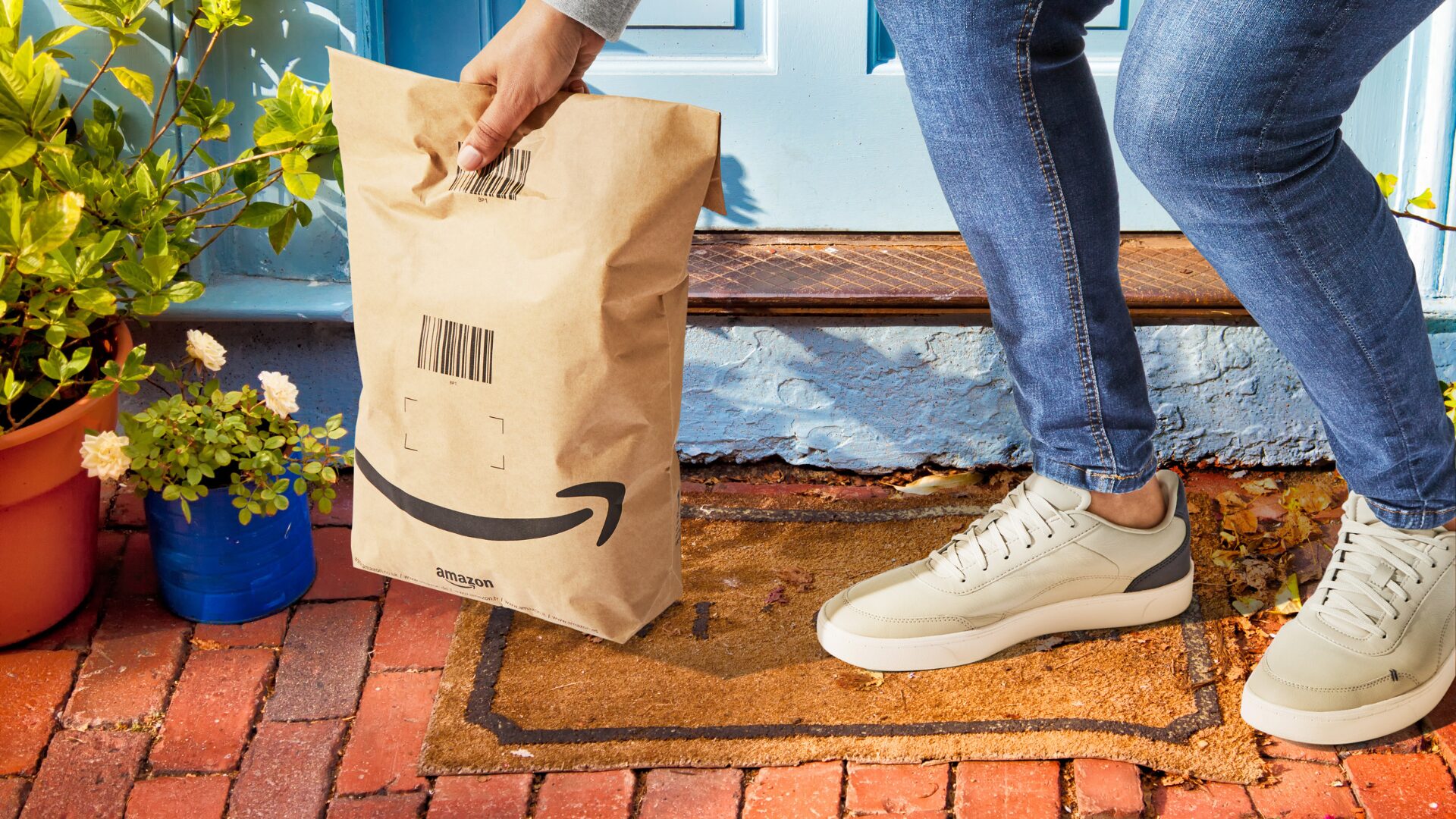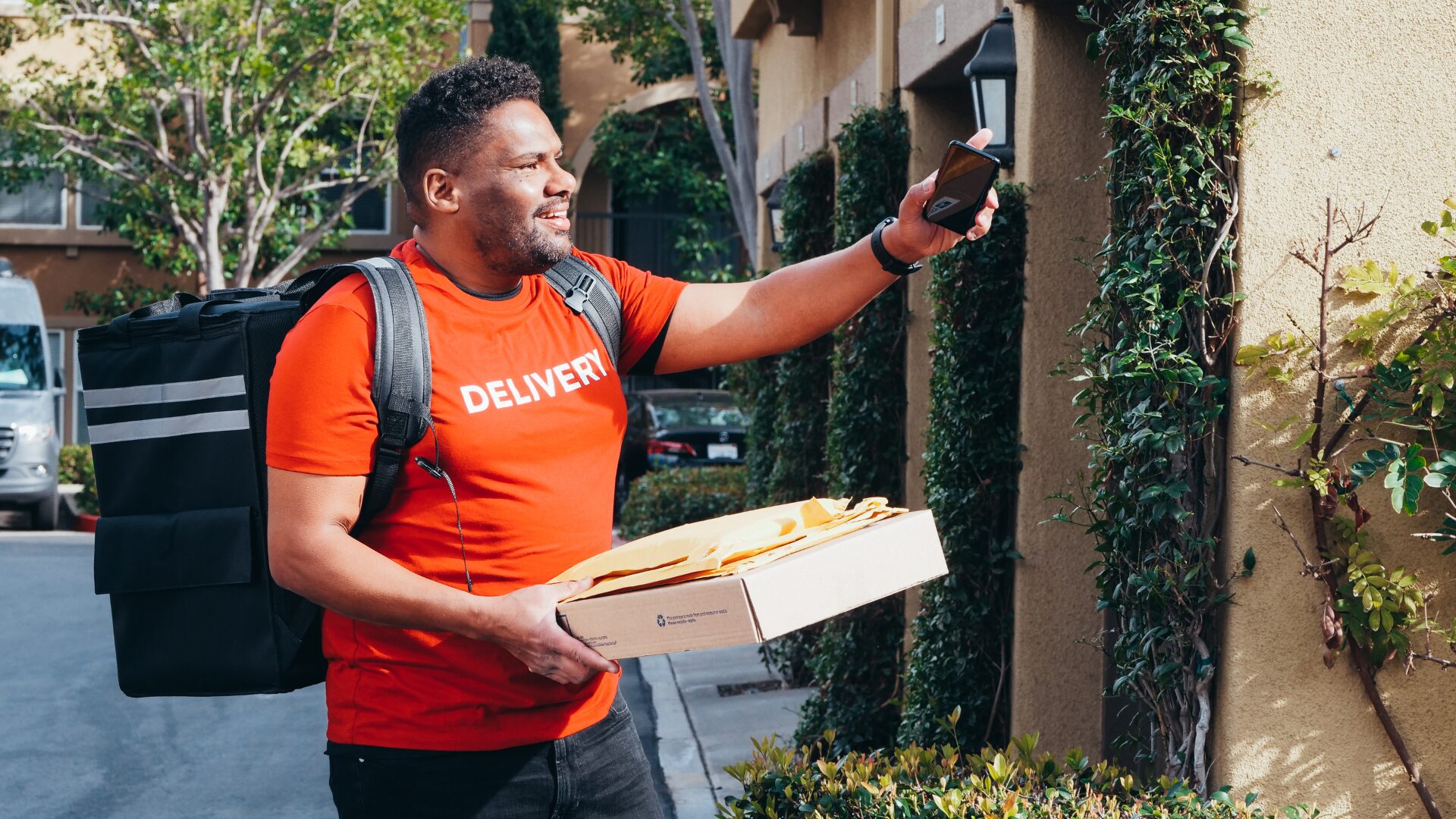Consumers flocked to Instacart during the pandemic, but with growing competition and consumers’ sensitivity to prices and aversion to fees, the grocery delivery pioneer could see its market share decline, a recent survey by Barclays indicates.
Statista reports sales from grocery delivery and pickup surged as a result of the pandemic, growing from $1.2 billion in August 2019 to $4 billion in March 2020. Online grocery delivery and in-store pickup grew to $5.3 billion.
“The pandemic forced many people to try digital grocery shopping for the first time and now we’re seeing mass adoption of consumers,” Kevin Yu, the founder of SideChef, told The Food Institute. “There has been tremendous investment in the space from Instacart, traditional grocers and other grocery tech startups because the market recognizes that the future of shopping is online.”
Statista estimates online grocery shopping will grow from $62.2 billion annually in 2019 to $187.7 billion by 2024.
“Grocery sales through online platforms represent a very small part of the overall grocery retail market but are among the fastest growing segments,” Statista noted.
CONVENIENCE KEY
The Barclays survey showed consumer loyalty to Instacart declining along with loyalty to primary grocers improving. But price and convenience remain the driving factors.
The survey indicates loyalty to Instacart declined from 16% in 2019 to 7% in 2021 while 29% of consumers expressed loyalty to their primary grocer, an increase of 7% from 2019. Exacerbating the situation, consumers were disinclined to continue to use Instacart if their favorite grocers no longer were available.
“Generally, convenience has been a key determinant of success in retail, especially in grocery, given the high purchase frequency nature of food and consumables purchases — particularly perishables,” Barclays observed. “During the pandemic, consumers became more aware that in-person grocery shopping can be time consuming. From that perspective, most online grocery service providers offer greater convenience relative to in-store shopping.”
DECLINING GRADES
Barclays asked consumers to rank the various delivery services on a range of questions from prices to availability to ease of shopping.
Amazon, Shipt, Walmart and Kroger all got higher marks than Instacart. Amazon was seen as providing the best shopping experience while Walmart tallied the highest scores on prices.
“Walmart’s price leadership in food retail was demonstrated in our survey, as a total of 84% of respondents ranked its product prices ‘good’ or ‘excellent,’ well above other services in our survey. As a comparison, 70% of Kroger Click & Collect respondents considered product prices ‘good’ or ‘excellent,’ followed by Amazon (65%), Shipt (60%), and Instacart (48%),” the survey found.
The survey indicates about half of respondents said they expected to spend significantly on groceries in the future while 48% said they would not change their habits or spend less.
DELIVERY FEES ALSO KEY
Instacart began operations in 2015 with a $3.99 fee for two-hour delivery and $14.99 for one hour. An Instacart Express membership is $99 a year, but there’s still a delivery fee for orders of less than $35.
In March, Walmart dropped its $35 minimum order requirement for express delivery and imposed a $10 delivery fee, but it also offers free delivery with a $98 annual membership (there’s also a $12.95 a month option). Shipt offers free delivery on orders of more than $35 and free $99 memberships to Visa customers the first year; Otherwise one-hour delivery is $10. Kroger’s delivery fee is $9.95.
Amazon’s fee structure varies depending on whether the consumer is a Prime ($119 annually) or Amazon Fresh ($15 per month) member. Orders totaling at least $35 or $50, depending on the area, are delivered for free within two hours for members.
Twenty-six percent of those queried in the Barclays’ survey objected to Instacart delivery fees and cited that as a reason for not using the service a second time, compared to 25% for Kroger and 29% for Shipt. Instacart and Shipt also were nicked for hidden fees that resulted in higher-than-expected bills, 21% and 14%, respectively. Of the 44% of respondents asked why they were not Instacart members, 35% cited the cost.
At the same time, an overwhelming percentage of consumers were repeat users in the past 12 months: 99% of Walmart’s customers, 97% of Shipt’s, 96% of Amazon and Kroger’s, and 91% of Instacart’s.











